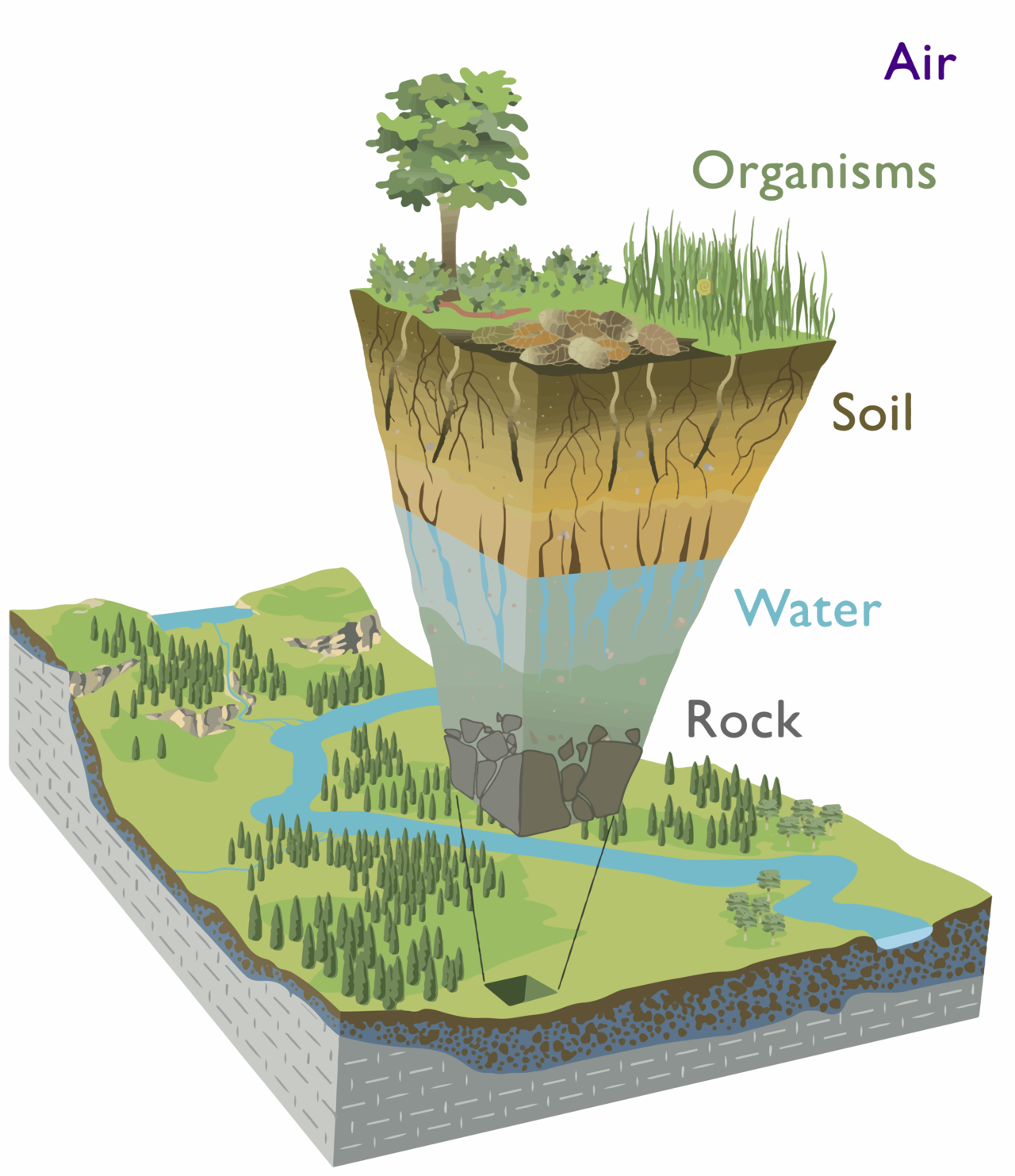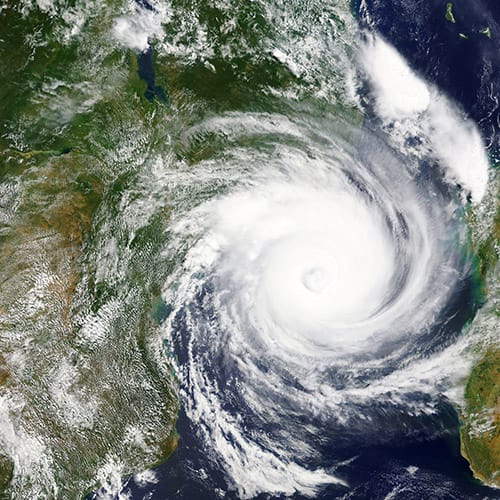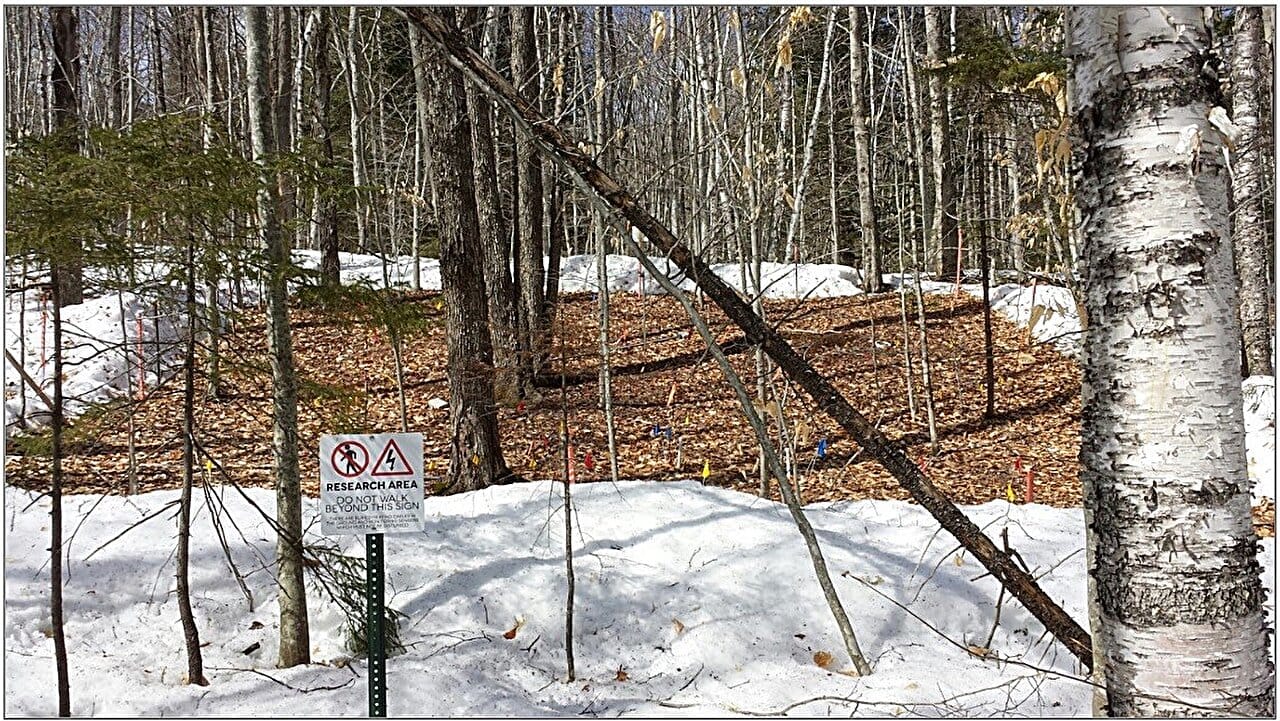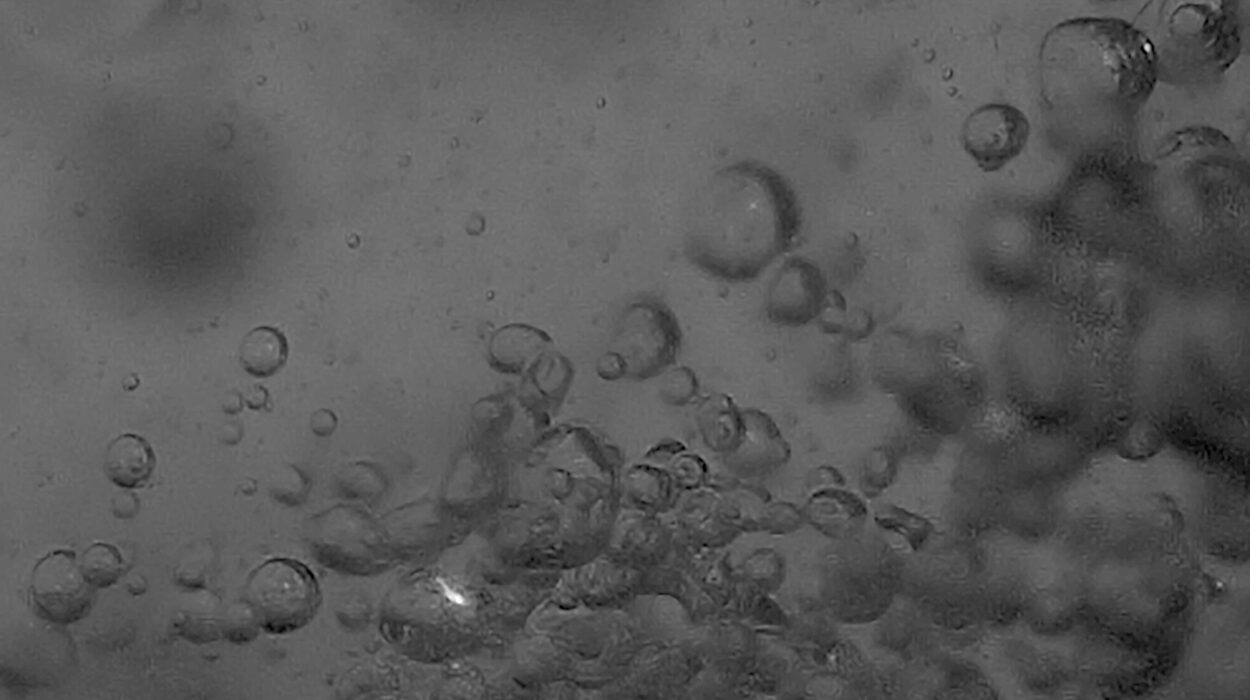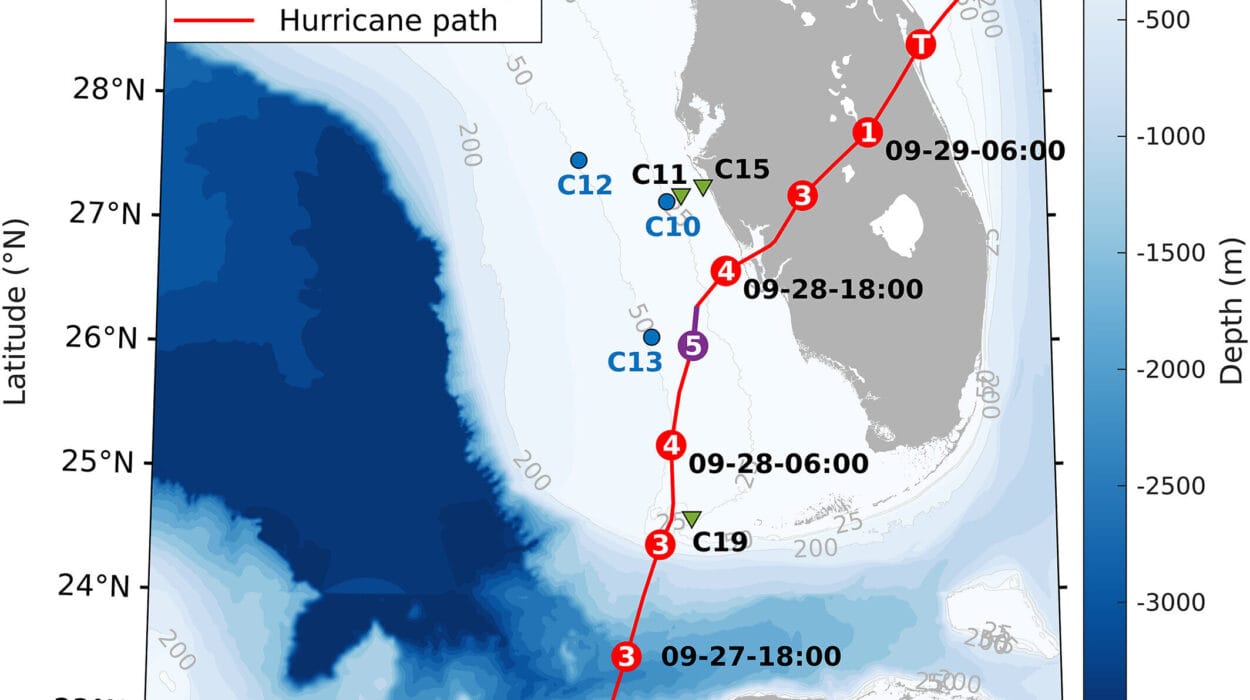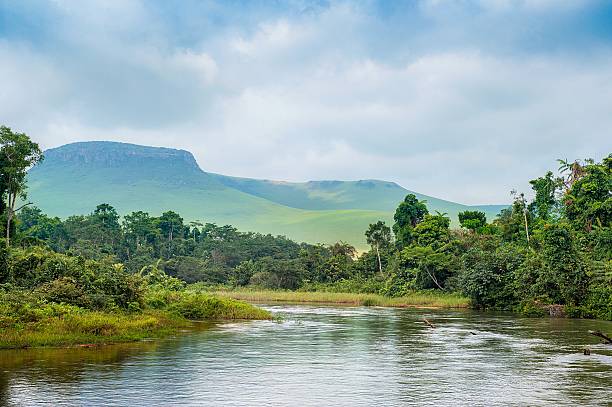Imagine walking through a dense forest just after a summer rain. The air is thick with the scent of damp soil and the quiet hum of life returning to motion. Beneath your feet, the forest floor teems with invisible activity—roots stretching deeper, microbes thriving in the dampness, minerals exchanging molecules with flowing water. The world above might catch your eye, but the world below is just as alive, and perhaps even more mysterious.
This thin, fragile, and dynamic skin of the Earth—from the tops of the trees to the bottom of groundwater—is what scientists call the “Critical Zone.” It is not a place on the map, nor is it a single type of terrain. It is everywhere, wrapping the planet in a layer of life-giving complexity. This is the zone where rock becomes soil, water becomes nourishment, and air breathes into roots, microbes, and ecosystems. It is, quite literally, where life happens.
What is the Critical Zone?
At its most fundamental level, the Critical Zone is the near-surface environment where interactions between the atmosphere, biosphere, lithosphere, and hydrosphere take place. This zone spans from the top of the vegetation canopy down through the soil, into the groundwater and the bedrock beneath. Though it varies in thickness—from just a few meters in some arid regions to hundreds of meters in mountainous or forested landscapes—it functions as Earth’s living skin.
Coined in the late 20th century by scientists working to understand the complex interplay between soil, water, rock, and life, the term “Critical Zone” emphasizes just how essential this layer is. It’s not merely a collection of dirt, roots, and stones. It’s a self-regulating, constantly evolving interface that supports all terrestrial life, including humanity. Without it, our planet would be just another lifeless rock spinning in space.
The Living Skin of the Planet
What makes the Critical Zone so compelling isn’t just its physical dimensions—it’s the way life transforms it. A forest canopy draws carbon dioxide from the air and releases oxygen. Rain filters through layers of leaves, soil, and rock, getting cleaned as it goes. Roots mine minerals, and microbes break down organic matter into nutrients. Over time, rocks weather and become the soil that feeds plants and animals.
This zone doesn’t just support ecosystems—it builds them. The soil you see isn’t static; it’s constantly forming and eroding, a product of biology, chemistry, and physics all working together. The Critical Zone is where water cycles, carbon cycles, and nutrient cycles intersect. It’s where geology becomes biology and vice versa.
If Earth were a breathing organism, the Critical Zone would be its lungs and circulatory system. It’s where the breath of the planet—oxygen in, carbon out—takes place in every second, every season.
A Symphony of Interactions
The Critical Zone is a place of extraordinary interaction. Let’s follow a single drop of rain to see why.
This drop, formed in the sky, falls onto a leaf high in the canopy of a tropical rainforest. It rolls along the surface, collecting tiny particles of organic matter, before dripping down to the forest floor. There, it sinks into the soil, passing through layers rich with decomposing leaves, fungi, and bacteria. Each layer modifies the drop—altering its chemistry, temperature, and energy.
The soil might be clay-rich and slow-draining, forcing the water to linger and react with minerals. Or it might be sandy and porous, allowing the drop to plunge quickly into the underlying rock. As it moves, the water interacts with minerals, dissolves nutrients, feeds roots, and eventually joins groundwater reserves. This same water might re-emerge in a spring, or bubble up into a stream, or be drawn back into the atmosphere by the root of a thirsty tree.
This journey isn’t just about the water’s path—it’s about the changes it experiences and causes. Along the way, it carries carbon, nitrogen, phosphorus. It fosters microbial growth. It contributes to erosion, soil development, plant health. And it connects systems—linking sky, earth, and life in a never-ending dance.
The Pulse of Earth’s Health
Understanding the Critical Zone is crucial because it reflects the health of the planet. If this zone is degraded, ecosystems suffer, water becomes polluted, agriculture collapses, and climate regulation falters.
Soil, for instance, is more than just dirt. It is a finely balanced system composed of minerals, organic material, water, air, and countless organisms. It can take hundreds to thousands of years for just a few centimeters of soil to form. Yet human activities—like deforestation, over-farming, and urban development—can destroy that soil in a matter of years.
In the Critical Zone, we see the real cost of environmental damage. Eroded hillsides, polluted rivers, salinated farmland—all are signs that the balance is tipping. By studying how the Critical Zone works, scientists can track these changes, understand the consequences, and develop strategies for restoration.
Critical Zone Observatories: Peering Into the Earth’s Engine Room
In the early 2000s, researchers recognized that the complexity of the Critical Zone demanded a new approach to earth science. Traditional disciplines—geology, hydrology, ecology, and meteorology—had studied parts of the system in isolation. But to truly understand the Critical Zone, they needed to work together.
This led to the creation of Critical Zone Observatories (CZOs), research sites around the world where interdisciplinary teams study the Critical Zone as a whole. Each observatory offers unique insights. In the Appalachian forests of Pennsylvania, scientists examine how ancient rock layers affect modern ecosystems. In the Sierra Nevada mountains, they study how snowmelt infiltrates granite to become groundwater. In the deserts of Arizona, they investigate how scarce rainfall shapes soil chemistry and plant life.
These observatories are like diagnostic labs for Earth. They collect data on weather, soil moisture, chemistry, erosion rates, microbial life, root systems, and more. Using advanced tools like isotope tracers, satellite imaging, and computer modeling, researchers are uncovering the invisible processes that sustain the planet.
Climate Change and the Vulnerability of the Critical Zone
As the climate changes, so too does the Critical Zone—and often in alarming ways.
Rising temperatures alter rainfall patterns, which in turn change how water moves through soil and rock. Droughts dry out the upper layers of the Critical Zone, reducing microbial activity and plant health. Intense storms wash away topsoil, while thawing permafrost releases stored carbon. Forest fires scorch the land, reshaping the chemical and biological profile of soil for decades.
One of the greatest concerns is how the Critical Zone may respond to crossing certain tipping points. If soil becomes too dry or compacted, it can stop absorbing water. If forests are cleared, erosion can rapidly degrade landscapes. These changes not only harm local ecosystems—they ripple outward, affecting food security, water quality, and even the global carbon cycle.
Understanding these processes is urgent. It is within the Critical Zone that our planet shows its first symptoms of stress. But it’s also where healing can begin.
Agriculture: Feeding the World From a Fragile Layer
Human civilization depends on a surprisingly thin layer of the Critical Zone: the topsoil. This uppermost part of the Earth’s skin is where crops grow, where roots absorb nutrients, where life is sustained. And yet, in many regions, this layer is vanishing.
Modern agriculture, with its deep plowing, monoculture planting, and chemical fertilizers, often disrupts the delicate balance of soil life. Each season, wind and water carry away more of this irreplaceable resource. Without intervention, some of the world’s richest farmlands could become barren within a few decades.
But the Critical Zone also offers hope. Practices like regenerative agriculture, cover cropping, no-till farming, and agroforestry are ways to work with the Critical Zone rather than against it. By preserving soil structure, enhancing microbial life, and retaining moisture, these methods help the land regenerate—and ensure that future generations can still rely on it.
Urbanization and the Hidden Earth Beneath Cities
Cities might seem like places far removed from the Critical Zone, with their concrete roads, steel buildings, and engineered systems. But even in urban areas, the Critical Zone is hard at work.
Stormwater must still filter through soils or flow into rivers. Tree roots still interact with compacted earth. Pollutants seep underground and affect groundwater. Green infrastructure—like rain gardens, bioswales, and permeable pavements—is designed to mimic the natural functions of the Critical Zone, slowing runoff, filtering water, and supporting urban biodiversity.
Understanding how the Critical Zone functions in cities is key to building resilience in the face of climate change, heatwaves, and flooding. Beneath the sidewalks and skyscrapers, the Earth is still alive, still breathing.
Lessons from the Past: Ancient Soils and Lost Worlds
The Critical Zone is not a recent phenomenon—it’s as old as the continents themselves. By studying ancient soils buried deep in rock layers, scientists can learn how Earth’s surface has changed over millions of years. These “paleosols” are like time capsules, holding records of past climates, ecosystems, and even atmospheric conditions.
Some ancient soils date back to the time of the dinosaurs, others to the first appearance of plants on land. By decoding their secrets, we understand how Earth has survived past extinctions, climate swings, and geologic upheavals. The lessons embedded in these ancient Critical Zones may help guide us through the environmental challenges we face today.
Earth’s Greatest Story Unfolding Beneath Our Feet
For too long, the space between the treetops and bedrock was seen as a passive background—a backdrop to life rather than its engine. But the Critical Zone tells a different story. It is not just where life lives—it is where life begins, where it is sustained, and where it ends, only to begin again.
The air we breathe, the water we drink, the food we eat—all are products of processes that occur in this hidden, miraculous layer. It’s a place of quiet revolutions and ancient rhythms, where bacteria sculpt landscapes and tree roots fracture stone.
To study the Critical Zone is to look into the beating heart of Earth. To protect it is to protect ourselves.
